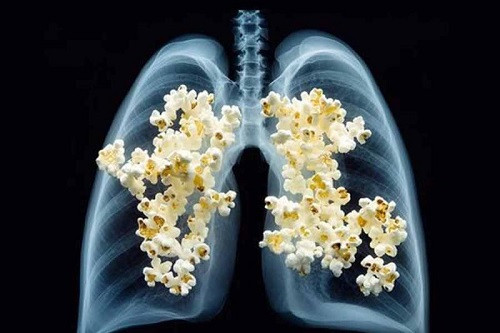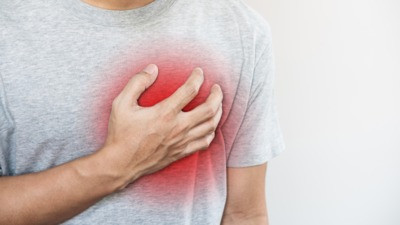Teen's Vaping Habit Leads to 'Popcorn Lung' Diagnosis: A Stark Warning

IIE Digital Desk : A 17-year-old high school cheerleader from Nevada has been diagnosed with bronchiolitis obliterans, commonly known as "popcorn lung," after secretly vaping for three years. This irreversible lung condition, which causes shortness of breath, wheezing, and fatigue, has left the teenager and her family grappling with its severe implications.
The young woman began vaping at the age of 14 to cope with anxiety following the COVID-19 lockdown. Over the next three years, she vaped daily, consuming amounts equivalent to approximately 50 cigarettes each day. Despite her family's unawareness of her vaping habit, she experienced a sudden onset of severe breathing difficulties during a cheerleading practice in January. Rushed to the hospital, she was diagnosed with bronchiolitis obliterans, a condition previously associated with occupational exposure to diacetyl—a chemical used in butter flavoring for microwave popcorn.
The term "popcorn lung" originates from cases among popcorn factory workers who inhaled diacetyl, leading to irreversible lung damage. Recent studies have raised concerns about the presence of diacetyl in many e-cigarette flavors, including those mimicking butter, which could pose similar risks to users.
This case underscores the potential dangers of vaping, especially among teenagers. While e-cigarettes were initially marketed as a safer alternative to traditional smoking, emerging evidence suggests significant health risks, including respiratory issues and potential long-term complications like popcorn lung. Health experts emphasize the need for increased awareness and regulation to protect young people from these risks.
The teenager's mother, Christine Martin, has become an advocate, urging parents to be vigilant about the possibility of their children vaping. She emphasizes the importance of open communication and education to prevent similar health crises. Currently, her daughter's condition is stable with the use of an inhaler, but the long-term effects remain uncertain, and the potential for further complications, including cancer, continues to be a concern.
Health authorities continue to monitor and study the effects of vaping, especially among adolescents. The presence of harmful chemicals like diacetyl in e-cigarettes calls for stringent regulations and comprehensive public health strategies to mitigate these risks. As research evolves, it becomes increasingly clear that the long-term health consequences of vaping are significant and may include conditions previously associated with occupational hazards.
This incident serves as a stark reminder of the potential dangers of vaping. It highlights the need for heightened awareness, especially among parents and teenagers, about the serious health risks associated with e-cigarette use. Preventive measures, including education and open dialogue, are crucial to safeguard the health and well-being of future generations.
You might also like!















